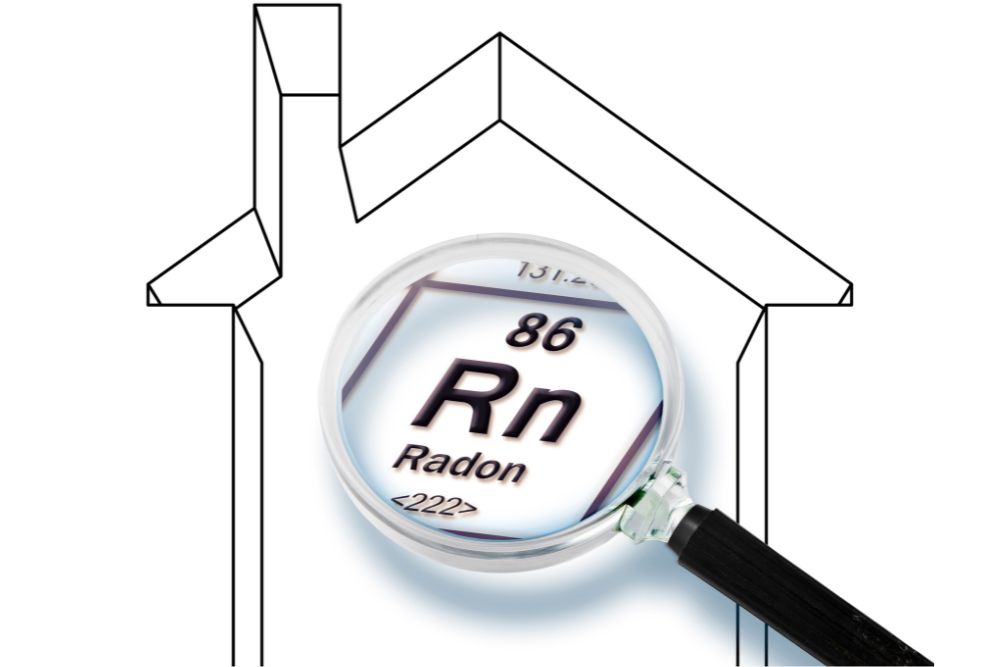Radon is an odorless, colorless, and tasteless radioactive gas that occurs naturally from the decay of uranium in rocks and soil. Elevated levels of radon in your home can pose serious health risks, making regular radon testing essential. In this article, we’ll discuss why regular radon testing is so important and how it can help you protect your family’s health.
The Health Risks of Radon Exposure
Radon is the second leading cause of lung cancer in the United States, according to the Environmental Protection Agency (EPA). The risk of lung cancer from frequent exposure to radon is even higher for smokers, but it’s a danger to everybody who lives in the area. This is why regular radon testing is so important. It’s not just about your property’s value; it’s also vital for protecting your family’s health.
How Does Radon Enter Your Home?
Radon gas enters your home due to differences in air pressure between the inside and outside. Cracks in the foundation, gaps around pipes, and construction joints can all provide an entry path for radon. Since radon levels can vary from one home to another, even within the same neighborhood, testing your home is essential to know if you have a radon problem.
When and How Often Should You Test for Radon?
The Environmental Protection Agency recommends testing your home every two years, as radon levels can fluctuate over time. It’s also crucial to test your home for radon if you’re planning on buying or selling a property or you’ve recently performed major renovations. This is because they can affect the radon levels inside your home.
When the time comes to test for radon, you can consider the different radon testing methods available. The most common options are short-term or long-term testing. Short-term testing uses devices like charcoal canisters or electret ion chambers. It can give quick results within two to seven days. Long-term testing, on the other hand, might take 3 to 12 months but can provide a more accurate picture of the average radon levels in your home.
Radon Mitigation and Reducing Risk
If your radon test results show elevated levels in your home, don’t panic. A variety of radon mitigation options exist to help you reduce those levels. Examples include installing a radon reduction system, sealing cracks in the foundation, improving home ventilation, and using radon-resistant construction techniques for new homes.
Regular radon testing should be a priority for homeowners and renters alike, as high radon levels can pose a severe threat to your family’s health. By testing your home every two years, you can ensure that you’re taking the necessary steps to protect yourself and your loved ones from the dangers of radon exposure.







